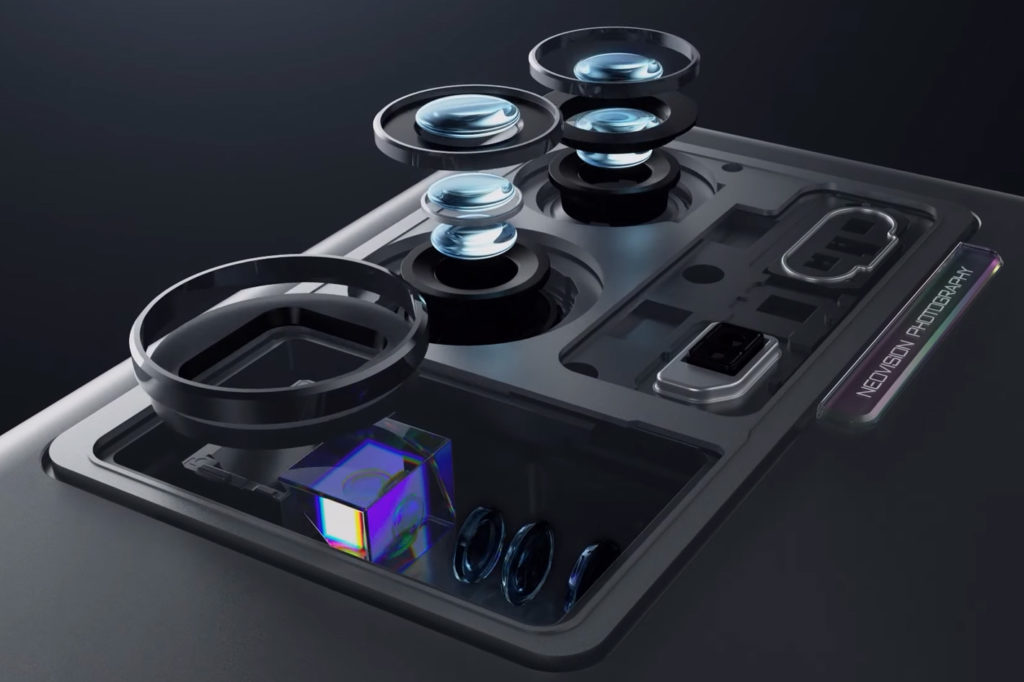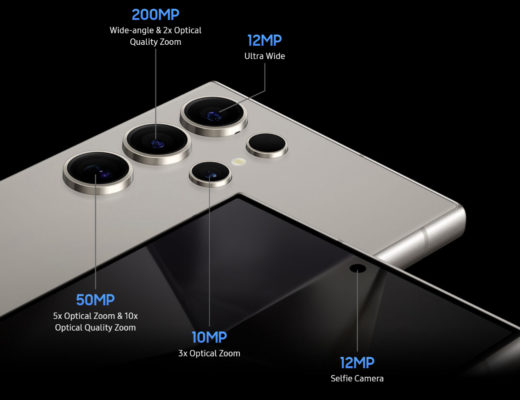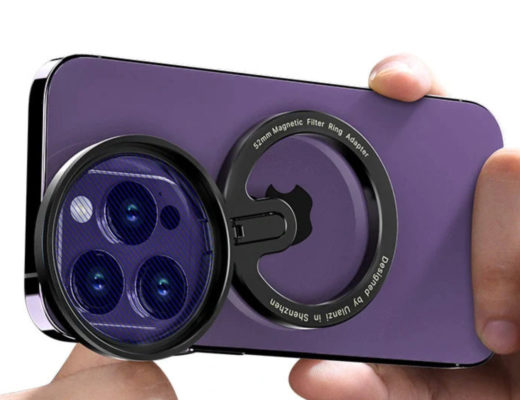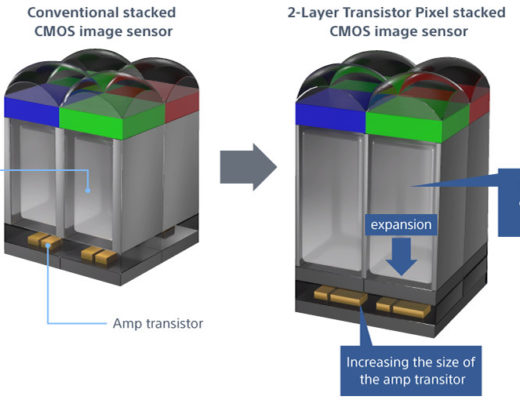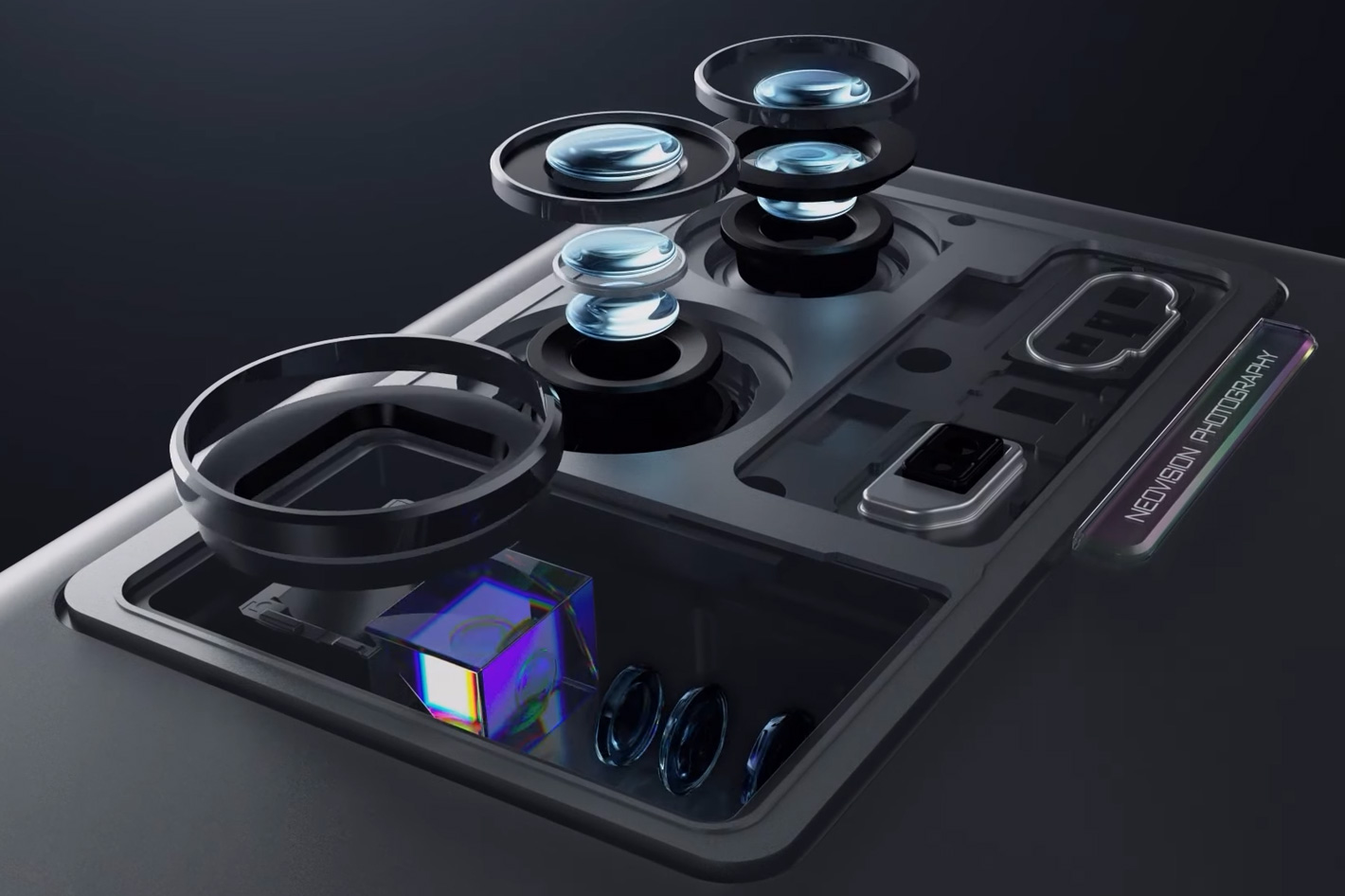 The new ZTE Axon 40 Ultra smartphone is not different from many others just because it has a 35mm main camera, instead of a 24 or 26mm, it also has 64MP sensors on ALL the cameras. Great!
The new ZTE Axon 40 Ultra smartphone is not different from many others just because it has a 35mm main camera, instead of a 24 or 26mm, it also has 64MP sensors on ALL the cameras. Great!
All the smartphones I’ve used up until now have different sensors for different cameras, which is a bit of a problem if you come from regular photography and are used to have the same sensor and pixel resolution for all your lenses. The two smartphones I use now for photography and video have a variety of cameras for different purposes, and while you do get used to it, it makes no sense.
The Xiaomi Redmi Note 10 Pro has a main camera, 26mm, with 108MP – binned for 12MP final images – them a 8MP ultra wide-angle and finally a 5MP macro. The Samsung Galaxy S22 Ultra, which is a versatile smartphone offering coverage from 16mm all the way up to 230mm, has a similar 26mm main camera, with 108MP – again binned for 12MP final images – a 12MP ultra wide-angle, 16mm, a 70mm telephoto with 10MP and a 230mm telephoto with the same 10MP. Yes, I know it’s confusing, it’s as if you’ve got a smartphone that thinks it is Ricoh’s GXR system, from 2009.
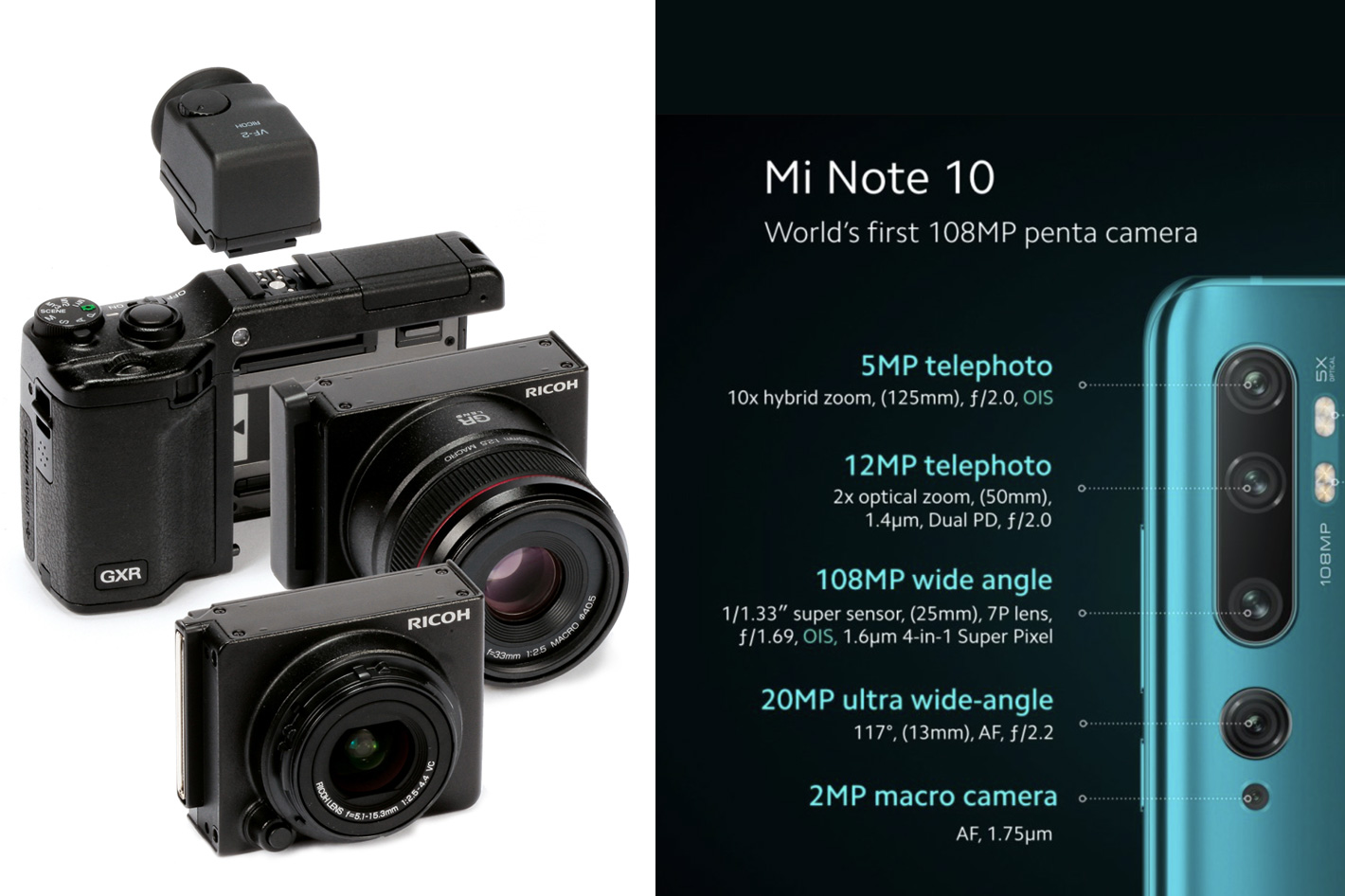 Ricoh’s modular system and smartphones
Ricoh’s modular system and smartphones
Yes, back in 2009 Ricoh imagined that the future would be modular and introduced its GXR camera system. Rather then following the trend, and using interchangeable lenses, Ricoh decided its new system would use sealed modules combining a lens and sensor. One initial module offered a 50mm-equivalent f2.5 macro lens coupled with an APS-C-size 12.3-megapixel CMOS, another a 24-72mm-equivalent f2.5-4.4 lens coupled with a 10-megapixel 1/1.7-inch sensor… and there was more to come. One of the key advantages of the system was, said Ricoh, that no dust would ever get to the sensor, something that had photographers VERY worried at the time.
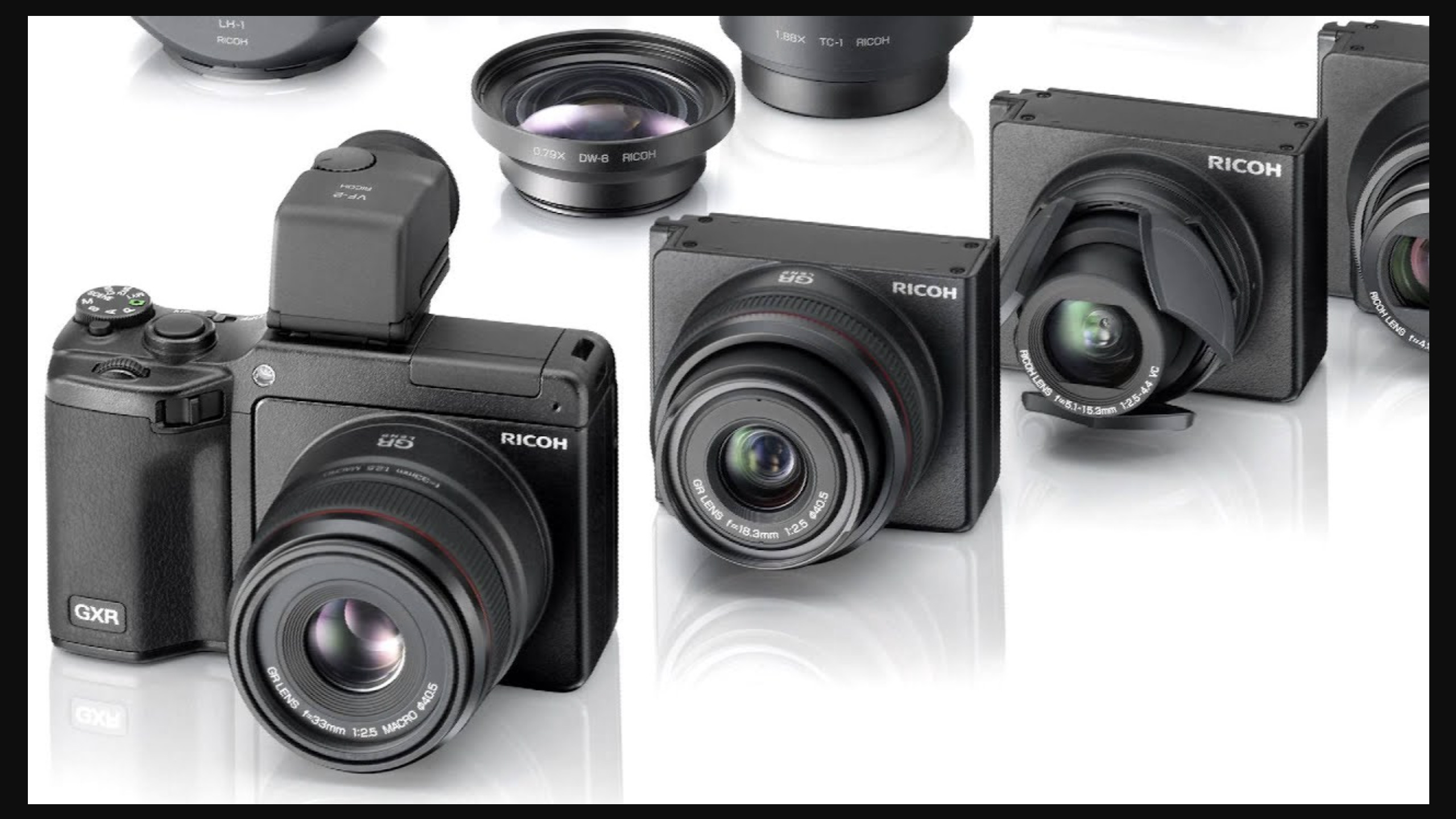 Well, the whole idea ended gathering dust on a shelf, because what Ricoh was trying to do was reinvent the wheel, ending with a “square-wheel” that never moved the system anywhere. Smartphone cameras look a bit like Ricoh’s modular system, without having the dust problem as excuse, as everything is sealed inside the smartphone’s case. But there’s hope!
Well, the whole idea ended gathering dust on a shelf, because what Ricoh was trying to do was reinvent the wheel, ending with a “square-wheel” that never moved the system anywhere. Smartphone cameras look a bit like Ricoh’s modular system, without having the dust problem as excuse, as everything is sealed inside the smartphone’s case. But there’s hope!
I recently wrote here at ProVideo Coalition that the Xiaomi 12 Pro smartphone, with its triple 50MP camera array, can be a sign of a new possible standard for the industry. As I noted then, “having all cameras offering the same resolution, 50MP in this case, you don’t have to think about resolution when moving from the ultrawide to the telephoto camera” meaning it’s the closest you get to a conventional camera when using a smartphone.
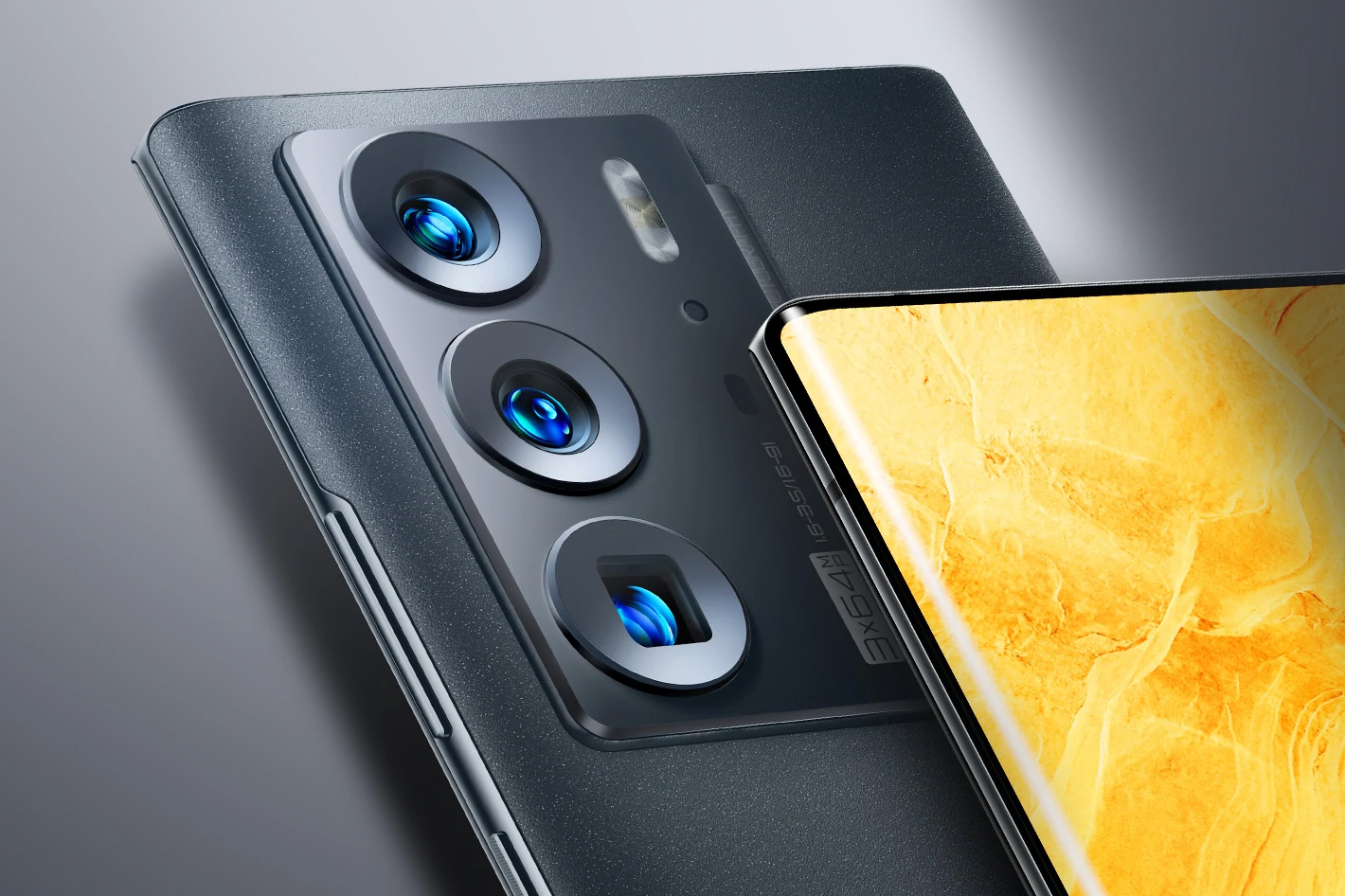 A trend towards triple arrays
A trend towards triple arrays
The camera array in the Xiaomi 12 Pro is built around a cutting-edge Sony IMX707 ultra-large main sensor, with 50MP 1/1.28″ 2.44μm, with 4-in-1 Super Pixel binning for 12.5MP final images, paired with a 24mm wide-angle. The 7-element lens has a ƒ/1.9 aperture and features OIS or Optical Image Stabilization. The ultra-wide angle camera, also 50MP, is a 16mm f/2.2 which offers a 115 degrees field of view and has free focus, meaning it doesn’t have AF, while the last 50MP sensor is paired with a 48mm lens (equivalent to 35mm) opening at f/1.9, which is a humble 2x solution, more a normal lens than a telephoto, not even stabilized.
As I wrote then “the two cameras besides the wide-angle are based on the Samsung JN1 sensor and are clearly not in the same league as the Sony IMX707, but Xiaomi’s decision to create a triple array around 50MP sensors may be something to keep, even if it would be good to see a telephoto with more power – 5x is a suggestion, which would mean a 120mm telephoto.
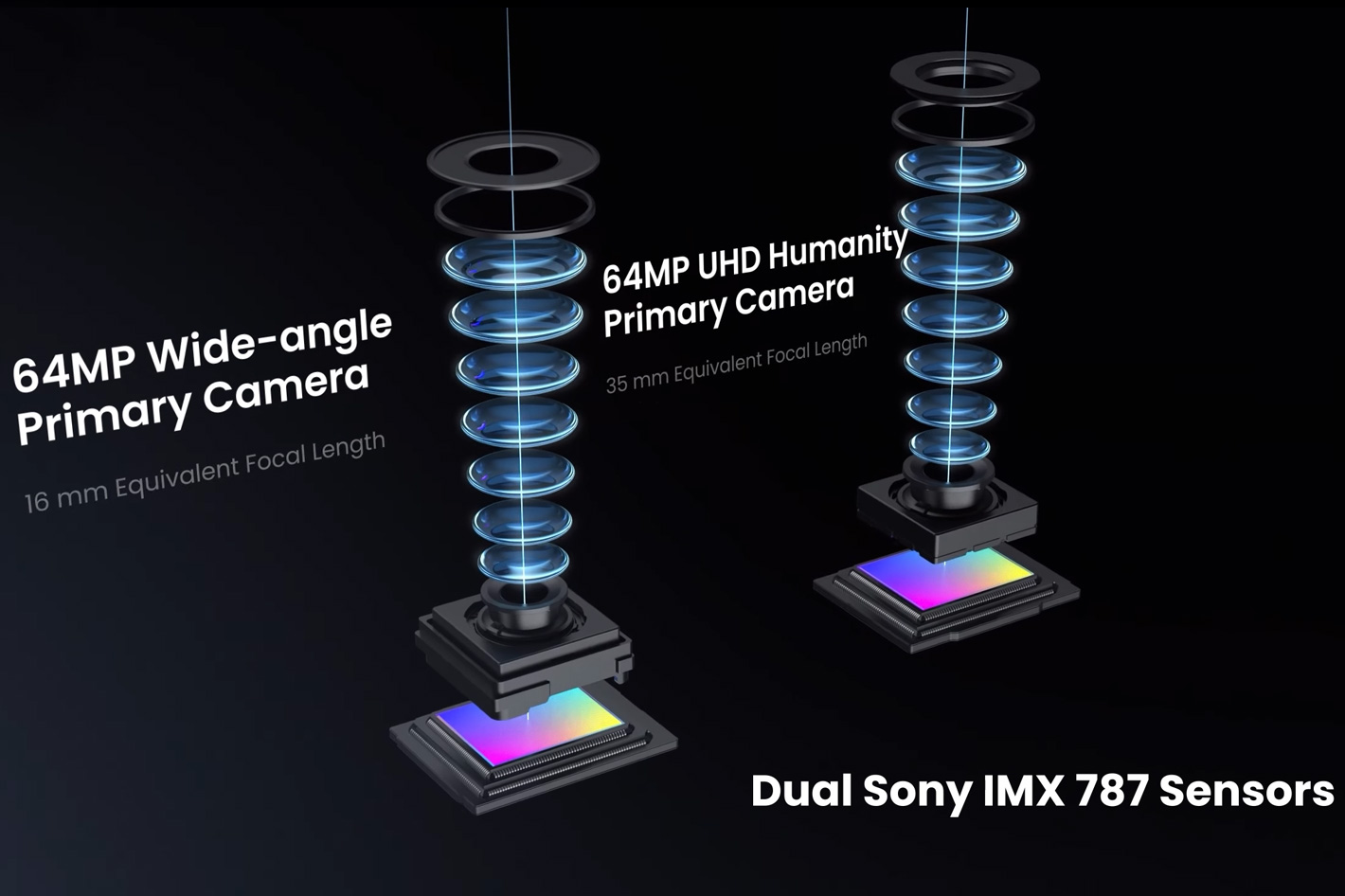 A 35mm f/1.6 lens instead of the usual 24mm
A 35mm f/1.6 lens instead of the usual 24mm
Now, as I hoped, the industry may be moving towards this type of solution, and ZTE is back with the new and improved ZTE Axon 40 Ultra, evolved from its predecessor, the Axon 30 Ultra. While other may look at smartphones from a variety of angles, I am mostly interested in exploring what they can do as cameras, and this model is something I would like to put my hands on.
Why? Because the ZTE Axon 40 Ultra does not have a main camera… as ALL its cameras are primary. The triple camera array is built around Sony sensors, with a 64MP ultra wide-angle, a 64MP wide angle and a 64MP telephoto… meaning you get the same resolution – 16MP final images after binning – independently of the camera/lens you use. It’s almost as if we’re back to photographic normality!
Presenting the smartphone, ZTE says that “the camera is one of the largest determining factors for whether your attention is kept or not, isn’t it? Well, even if the answer is no (which it never is), this model did not skimp on the high-quality camera.” The ZTE Axon 40 Ultra has some more surprises, one of them being the use of a 35mm f/1.6 lens instead of the 24/26mm wide-angle used in most smartphones. In my opinion, this makes for a more versatile system, as the 35mm was a standard for photographers for a long time. Although wider lenses, like the 24mm – the 24-70mm f/2.8 became a key zoom lens for photojournalists – became popular, 35mm is considered a good focal length and one more reason why the ZTE Axon 40 Ultra sounds so interesting. It may be a trend setting solution.
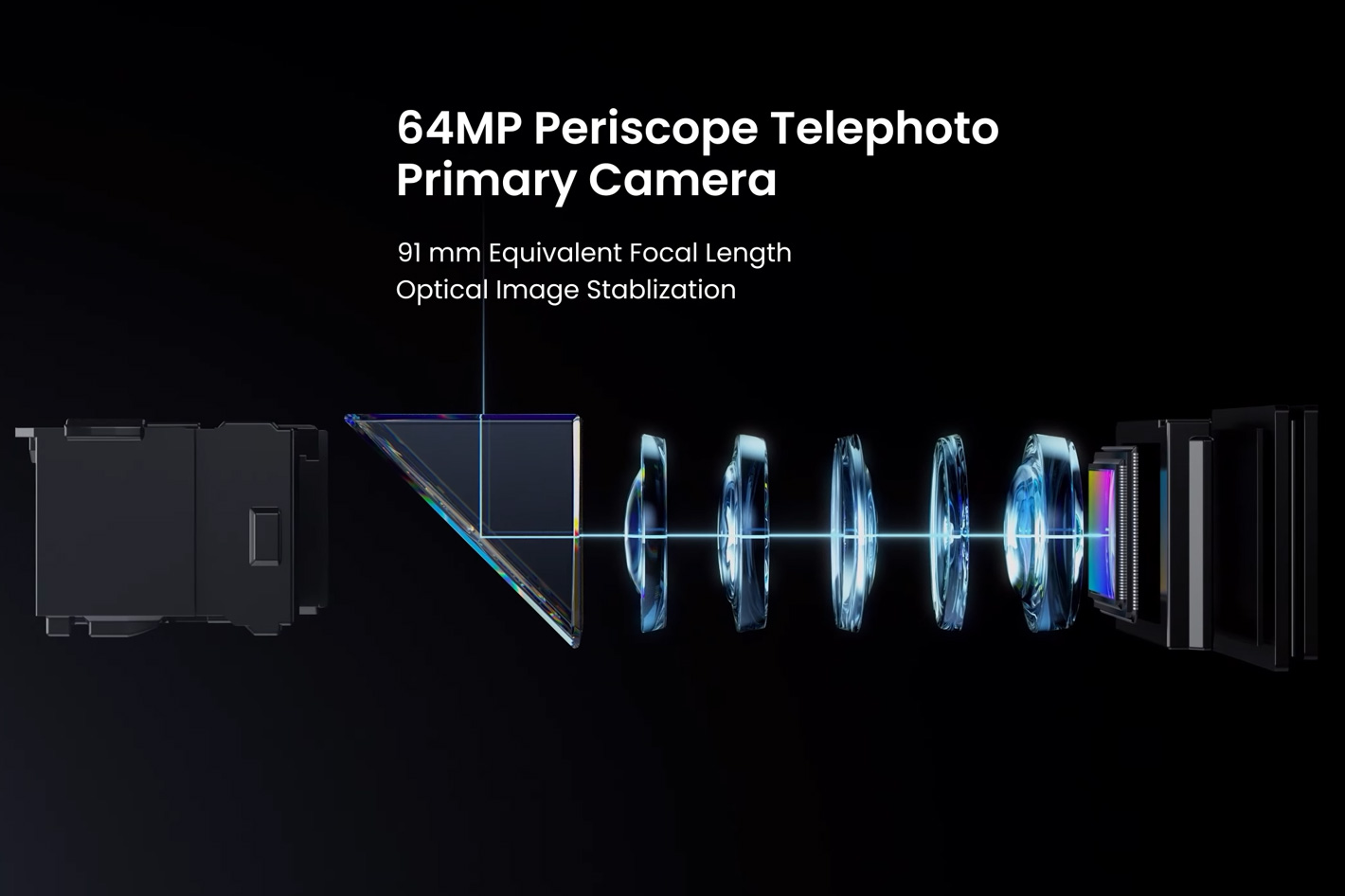 A 91mm f/3.5 telephoto with a 64MP sensor
A 91mm f/3.5 telephoto with a 64MP sensor
The ultra wide-angle lens is a 16mm f/2.4, which gives enough coverage for landscape photography and is similar to the wider focal length used in many full frame cameras. It doubles as a closeup lens with AF provided. On the other end the ZTE Axon 40 Ultra offers a 91mm f/3.5 telephoto, which while not being very powerful may be a good long lens and it’s better, at least on paper, than the 48mm on the Xiaomi 12 Pro… or the 70mm paired with a 10MP sensor on the Samsung S22 Ultra. I guess the power of the 64MP sensor and some cropping of the 16MP final image may allow users to go all the way up to the field of view of a 120mm or even beyond. That’s something I would like to test if I put my hands on the ZTE Axon 40 Ultra.
There is much more one could write about the photo and video features included in the ZTE Axon 40 Ultra, but for now I believe the information regarding the choices made by ZTE in terms of cameras, lenses and sensors is sufficient to make ProVideo Coalition readers interested in a smartphone for photo and video search for more details on this new model, which I hope to have a chance to test.
Photographically speaking, this new smartphone looks like a solution photographers and videographers should explore. ZTE says that “amongst the wealth of professional-grade photographic capabilities are features such as AI and machine learning-based computational photography and various night-time settings for those “night-before” memories” meaning the ZTE Axon 40 Ultra is “an adaptable, high-detail camera to polish your media.”

Filmtools
Filmmakers go-to destination for pre-production, production & post production equipment!
Shop Now